In her comparative religions class last year, Naviya Venkitesh, a senior at Jesuit High School in Portland, Oregon, was assigned to watch the movie “Little Buddha” to learn about Buddhism.
When Keanu Reeves appeared on her laptop screen, tanned and dressed in South Asian jewelry, Venkitesh squirmed out of discomfort. She was upset that instead of casting a South Asian actor, they chose to use yellowface on a white actor. She could only watch a few more minutes of the movie before turning it off out of discomfort.
Venkitesh brought up the issue to her teacher, so he opened up an optional class discussion about the use of yellowface in the movie. But only a handful of students participated. Seeing the lack of engagement from her peers on issues of racism made her feel even more isolated as a student of color.
“It made me feel extremely uncomfortable with my own skin,” Venkitesh says. “I’m always conscious that I’m different because of the color of my skin.”
When Venkitesh walks into a classroom, she looks to see if there are any other students of color, but it’s not surprising when she’s one of only a handful in the room. Venkitesh says that she feels more comfortable when there are other people who may also understand what it’s like to be a person of color in a predominantly white institution. When there are only a few other students of color, Venkitesh says that it’s more isolating and harder to speak up when racist incidents occur.
On May 18, 2020, Venkitesh detailed her experiences of racism in an Instagram post using the hashtag #demandwhatyoudeserve. She says she’s been asked ignorant questions, been subject to stereotypes, and made fun of because she was a person of color at Jesuit High School. Venkitesh was one of many students who used the hashtag to bring attention to the racism that students of color endured at her high school.
In recent months, students of color across the U.S. have been sharing their experiences of racism in private schools on social media. Instagram accounts with @blackat and @pocat in their usernames offer platforms for students of color who attend private schools to anonymously share their experiences. The stories range from micro-aggressions from teachers to the use of derogatory slurs among students, revealing the persistent racism in American private schools.
HISTORY
Despite efforts to desegregate schools in the 1950s and 60s, the American education system still remains segregated. Private schools in particular have remained racially segregated because they historically served affluent white families and remained out of reach for many families of color.
Today, they remain predominantly white in both their student population and faculty. According to the National Center for Education Statistics, private school enrollments in 2017 were 66.7 percent white while private school teachers were 85.1 percent white. In comparison, public school enrollments in 2017 were 47.6 percent white while teachers were 79.3 percent white.
After the U.S. Supreme Court ruled that racial segregation in public schools was unconstitutional in Brown v. Board of Education in 1954, many white Americans sent their children to private schools instead of the public schools that were required to integrate under the Brown decision. In 1976, Duke University professor Charles Clotfelter published a paper analyzing that concluded that desegregation increased private school enrollments through white flight, especially in areas with a higher proportion of minorities. In the South, white Americans founded private schools to resist desegregation orders. These private schools are also known as segregation academies and many of these institutions remain in operation today.
While segregation in public schools was ruled unconstitutional in 1954, it was only in 1976 that the Supreme Court ruled racial discrimination in private schools to be unconstitutional in the case Runyon v. McCrary. Despite the ruling, however, many private schools remained overwhelmingly white due to high tuition costs that many people of color could not afford.
“The segregation of private schools at one level was driven by racism, but it is enforced by class,” says Jerry Roseik, a professor of education studies at the University of Oregon. “Private schools have always functioned as a form of class segregation, which is, of course, determined by race in the United States.”
IT’S NEE-VA
Niva Baniya is one of the many students of color who shared their experiences on social media in the past few months. Although she graduated from Jesuit High School in 2019, she felt the need to speak out. Baniya says she had grown frustrated with the microaggressions she faced at Jesuit and felt like she never stood up for herself when she was in high school.
“I was letting people step all over me. I was angry at myself for not doing anything about it,” Baniya says.
For three years in high school, Baniya had classes with the same math teacher. Every year, she corrected him on how to pronounce her name. Even her classmates began correcting him, but he still didn’t get it right. Some teachers called her by the names of other students of color.
Baniya noticed the names of white students were rarely mispronounced, even if they were complicated or uncommon.
At her senior year awards ceremony, Baniya’s name, as well as her friends’ names, were mispronounced. Disappointed at the mispronunciations that had persisted for her four years in high school, she brought up the issue to the school administration so that everyone’s names would be pronounced properly on graduation day.
“That’s such a basic thing,” Baniya says. “It shouldn’t have been something that I brought up to them. They should’ve already been doing that.”
When graduation day came, Baniya’s name was pronounced correctly but her friends’ names were still mispronounced. Even after standing up for herself and her peers, it wasn’t enough to fix the issue.
“After a certain point, I just didn’t care,” Baniya says. “Caring meant letting yourself be hurt every single day.”
Baniya says that part of the reason why racism still occurs in schools is because the most common acts of racism aren’t obviously identifiable as racist. Microaggressions, such as projecting stereotypes and mispronouncing a student of color’s name, often go unnoticed to those who are not subject to them.
While there were opportunities throughout high school to embrace diversity, such as the school’s annual multicultural assembly, Baniya says the school often only did basic education on race. She also says that the lack of critical discussion on race and diversity made these learning opportunities performative rather than truly educational.
Baniya sometimes struggled with deciding whether or not she was responsible for educating others about racism. While Baniya understands that it’s important to open a dialogue about race with her white peers, she feels more comfortable talking to other students of color about race because they share her experiences.
“It’s not a case of trying to convince them that it’s an issue. It’s just something that we are dealing with,” Baniya says.
THE LESSON LEARNED
Like Baniya, Belise Nishimwe, a senior at St. Mary’s Academy in Portland, says that part of the issue with racism in schools is that curriculums rarely include the perspectives of people of color. With her fellow Black Student Union members, Nishimwe has been pushing for more diversity in the school curriculum.
“It’s very empowering to know your own history,” Nishimwe says. In this past year, she says the Jewish Student Union at St. Mary’s successfully pushed to have “The Color Purple” by Alice Walker removed from the school curriculum because the author has been accused of anti-Semitism. Nishimwe says that while she was disappointed that she wouldn’t be able to read a classic novel in African American literature, she was more upset that the school wasn’t giving equal treatment to the Black Student Union’s concerns.
St. Mary’s Black Student Union has been pushing for the removal of “Cry, the Beloved Country,” a book about the South African apartheid, from the curriculum. Nishimwe says the Black Student Union thinks including a novel written by Black African writer would provide a valuable perspective that “Cry, the Beloved Country” cannot, which was written by Alan Paton, a white South African. When the Black Student Union brought up these concerns to the school, Nishimwe says that the school didn’t want to remove the book due to its value as a classic novel.
Rosiek says that a school’s response to the concerns of their students is part of a hidden curriculum. A hidden curriculum is the implicit values and lessons that students learn from being in the school environment. Hidden curriculum differs from explicit curriculum, which is an intentional plan for teaching a certain subject such as math or biology. Unlike explicit curriculum, hidden curriculum is not intentionally decided like an explicit curriculum is.
“The situation in which one group got their concerns addressed and another didn’t conveys the message that the voices of this group and their concerns are valid in this space and another group’s isn’t,” Rosiek says.
Despite being unintentional, a hidden curriculum can work in tandem with an explicit curriculum to reinforce social inequalities. Nishimwe says that she feels like the school administration is not as responsive to the Black Student Union’s concerns compared to other groups. Because of the lack of meaningful response to the Black Student Union’s concerns, Nishimwe says that she began to lose trust in the school administration.
“If they’re going to apply this rule to these books, they need to figure out one rule,” Nishimwe says.
THE WAY YOU WALK AND TALK
Students of color not only have to deal with microaggressions and unresponsive school administrations, but they are often tokenized in promotional material for their private schools as well. Tokenism is the practice of including members of a minority group in a certain setting in order to make it appear inclusive and diverse.
Jesuit High School graduate Jayla Lowery says that she was often one of the few students of color that her high school would use in events such as panels and orientation. Lowery says the way the school invited students of color to these events made it feel like the school was trying to fill a quota. Whenever Lowery saw promotional materials for the school, she felt that the racial makeup of students in photos wasn’t truly representative of the student body. The photos made the school seem more diverse than it actually was.
At the same time that the school used Lowery to represent students of color, she says that she never felt comfortable enough to speak out about racism she experienced.
As one of the few Black students in her grade, Lowery faced microaggressions throughout her time in high school. On the first day of freshman year, Lowery says that a white student pulled on her box braids, asking if they were real. Throughout high school, other students told her that she spoke too ‘gangster’ and that she was ‘too into her Black power.’ These remarks came from people who she called her friends at the time.
“People literally get ridiculed for acting too much like their culture, their ethnicity,” Lowery says. “It’s so emotionally draining to constantly be belittled or pointed out. Just constantly having things thrown at us for being a person of color.”
Psychologist and educator Beverly Tatum wrote in her 2003 book “Why Are All the Black Kids Sitting Together in the Cafeteria?” that as adolescents of color become more aware of race and experience racism, they tend to turn to other peers of color for support that they can’t find elsewhere.
Lowery says that it took her at least a year until she befriended other students of color. For her first year at Jesuit, Lowery spent her time with mostly white friends. Not wanting to get made fun of, Lowery tried to downplay her ethnicity when at school and especially around white people. Some of the habits she developed to avoid standing out are still with her now that she’s left high school.
“It’s mostly my voice.” Lowery says. “I feel like I need to sound smarter or more informed. I changed the way I walked and the things that I did because I just was definitely trying very hard to fit in somewhat, which is just impossible.”
Adjusting one’s tone, vocabulary, and grammar are all code-switching tactics that students of color may use to try to accommodate the environment they are in. Code-switching is the act of switching between two or more languages or dialects to accommodate one’s environment and audience. When someone uses a certain language or dialect, it may appeal to their audience’s implicit biases.
A study published in the Online Journal of Education Research in 2012 found that pre-service teachers had generally negative perceptions of African American Vernacular English, supporting decades of research showing that people who use African American Vernacular English are often perceived as less intelligent compared to people who use Standard English.
Code-switching is used by people of color to avoid negative perceptions that come with using certain dialects. A 2019 Pew Research study found that four out of ten Hispanic and Black Americans feel the need to change how they express themselves around people of different races or ethnicities.
“I have perfected my ‘white’ voice. I know what I have to say and act like.” Lowery says. “I wish I didn’t have to condition myself like that.”
A-GAME
For Serapiya Niyokwizigira, a St. Mary’s Academy graduate, code-switching wasn’t enough to avoid implicit biases. Microaggressions from teachers affected her relationship with academics.
Niyokwizigira was always a good student, receiving A’s and B’s throughout middle and high school. She tended to keep to herself and do her work quietly, only becoming more lively around her friends.
One day in math class, Niyokwizigira began goofing off with her friends while waiting for the rest of the class to finish the assignment. Although the math teacher had said that the students could do whatever they liked after completing the assignment, she yelled at Niyokwizigira to go into the hall for being disruptive. Other students were also dancing and making noise, but the teacher only asked Niyokwizigira to leave.
“The fact that I couldn’t do anything, I felt so powerless in that instance,” Niyokwizigira says.
This wasn’t the first time this teacher singled her out. She was one of two Black students and the only dark-skinned student in her math class. She felt like the teacher always treated her more harshly than the other students, but at the time, she didn’t fully understand why she was being treated differently.
According to a 2013 report from the Education Department, students of color disproportionately receive more suspensions than white students. The disproportionate disciplining of students of color can be partially attributed to teachers’ implicit biases. An analysis of North Carolina school data published in 2017 found that when Black students were exposed to teachers of the same race, they were less likely to receive exclusionary discipline.
Rosiek says that having teachers of color in a school that serves students of color can make a positive difference. Teachers of color are more likely to have lived experiences of navigating predominantly white institutions, offering a sense of solidarity to students of color. Most importantly, representation in teaching staff humanizes the educational space.
Niyokwizigira says she felt like she had to work harder to receive positive attention from teachers. Her white peers were called on more often to share their thoughts and given more praise for making the same points that students of color did. It became even harder as Niyokwizigira took advanced courses where she was often the only Black student in the classroom.
“I had to always be on my A-game,” Niyokwizigira says. “Being on your A-game every day is tiring.”
PROMPTING CHANGE
After months of discussion and sharing, Venkitesh’s and other Jesuit students’ social media posts and letters detailing their experiences prompted a response from their school.
On May 26, Jesuit High School’s principal Paul Hogan published a response to the #demandwhatyoudeserve posts, expressing his sympathy and appreciation for the students who posted and stating the school’s commitment to do better in terms of improving racial literacy.
On July 28, Jesuit’s Board of Trustees announced that they will implement five diversity, equity and inclusion strategic initiatives starting in the 2020-2021 school year. Among these initiatives are plans to continue implicit bias training, to hire more diverse faculty and to make a more culturally-responsive curriculum. A culturally-responsive curriculum aims to make meaningful connections between students’ experiences and the learning materials so that it can better serve a diverse student population.
“Our goal is to create a holistic community that is anti-racist, inclusive, culturally-relevant, and open to growth. It is clear we have a lot of work to do. As difficult as this work is, we have the resources and determination to see it through,” says Melissa Lowery, Jesuit High School’s Director of Diversity, Equity, & Inclusion. “The Jesuit community is resilient and we know we can be better.”
Like Jesuit High School, St. Mary’s Academy is implementing similar anti-racism initiatives to support their students of color. The school’s initiatives include installing a Board of Directors Task Force for Diversity, Equity, and Inclusion. Among other initiatives, the task force will work to recruit faculty and staff of color and increase cultural inclusivity in their curriculum.
“This change happened because us, as a student body, as an alumni body, came to the administration and said ‘Here are our issues,’ and the administration was willing to listen,” Venkitesh says.



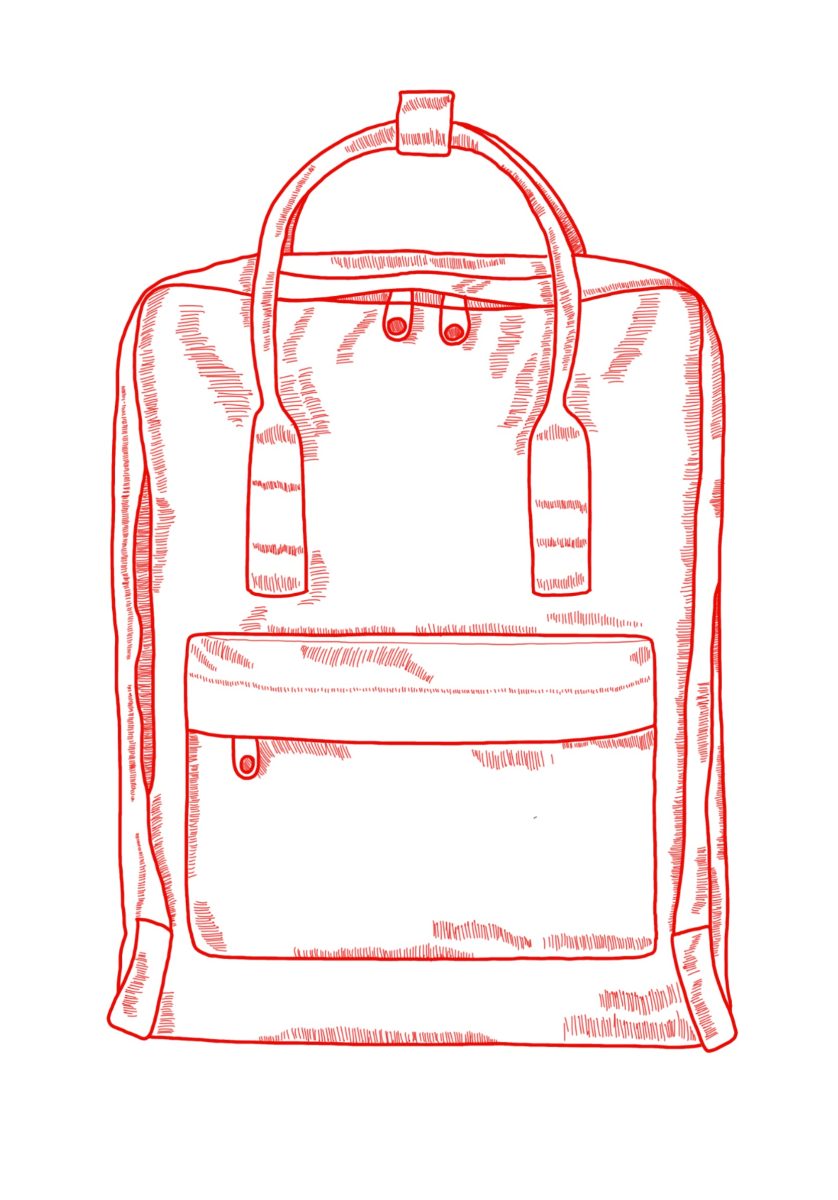

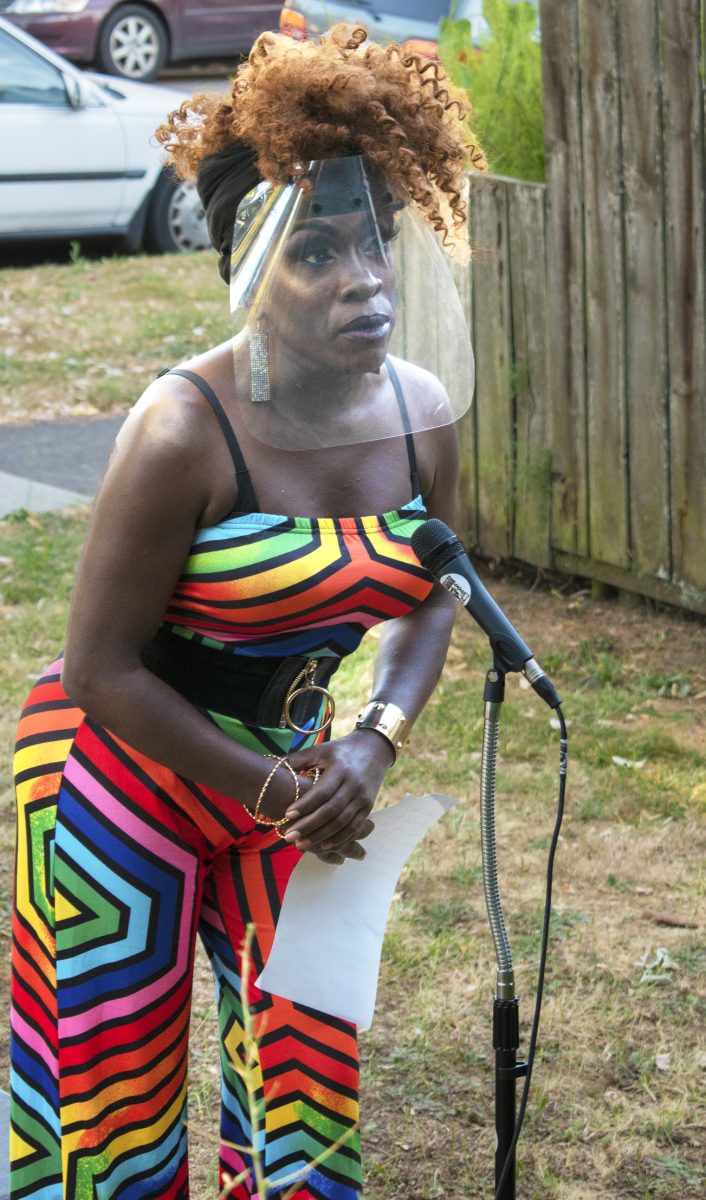
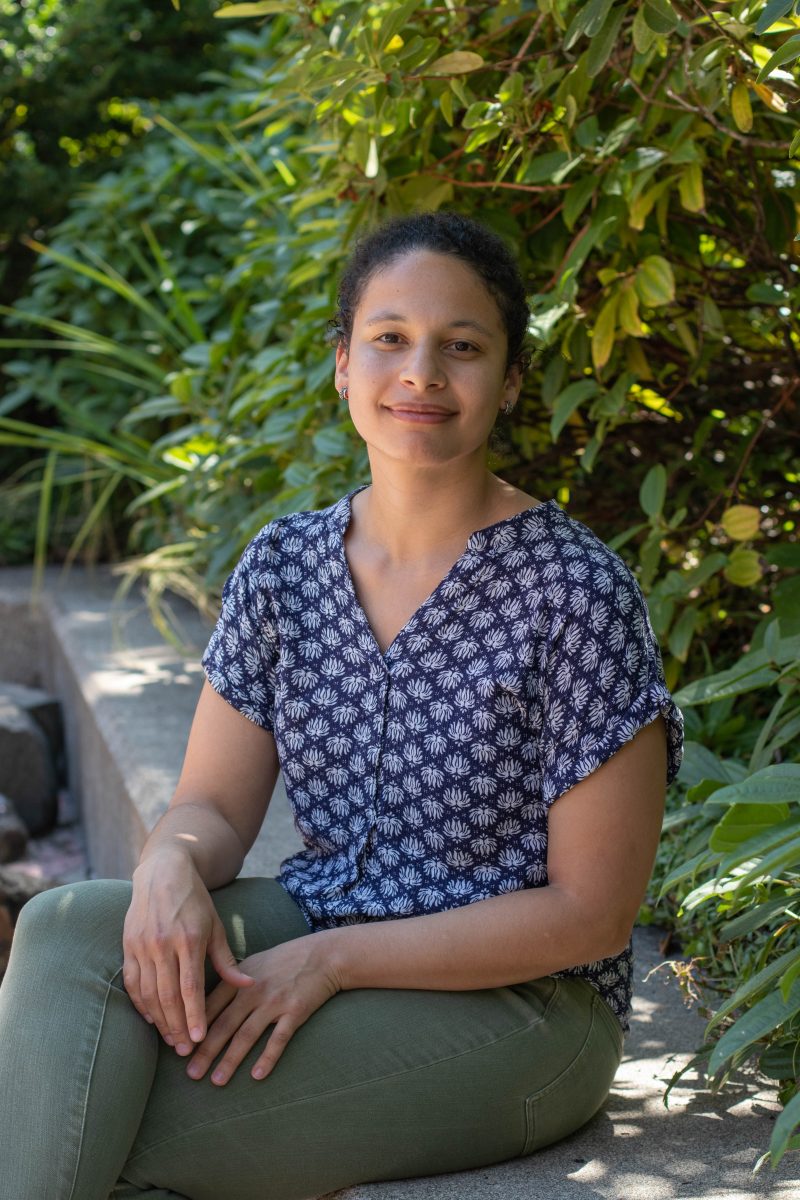
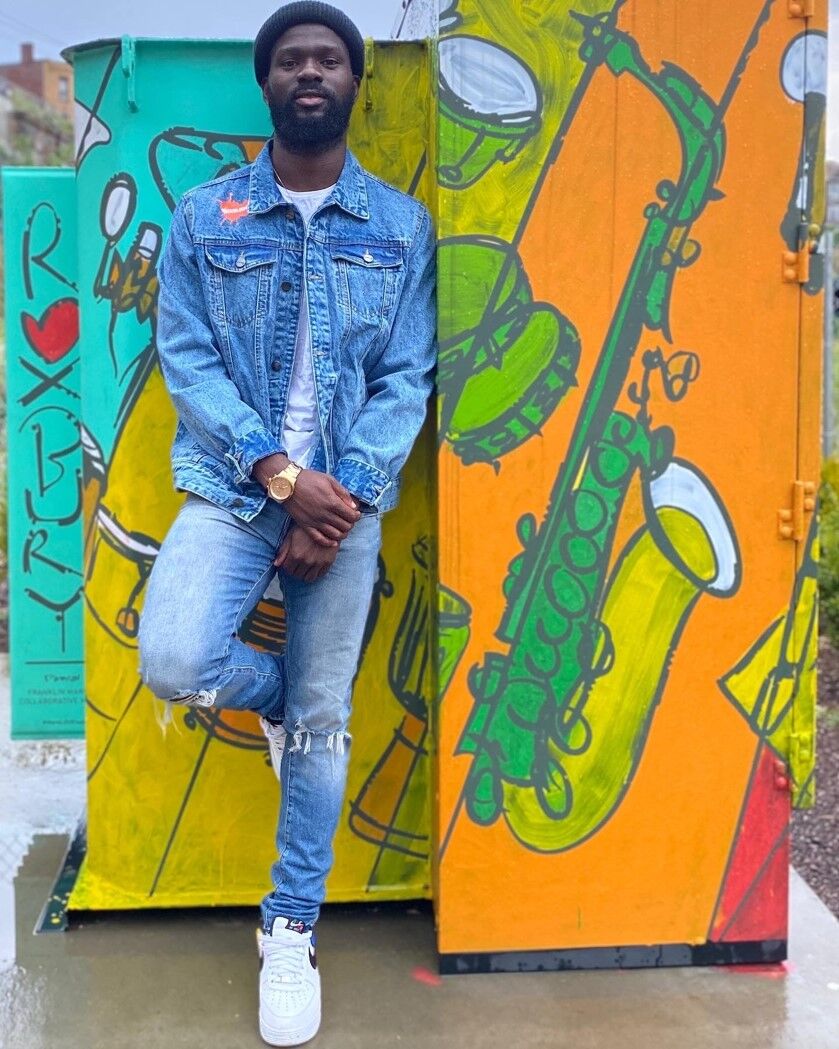
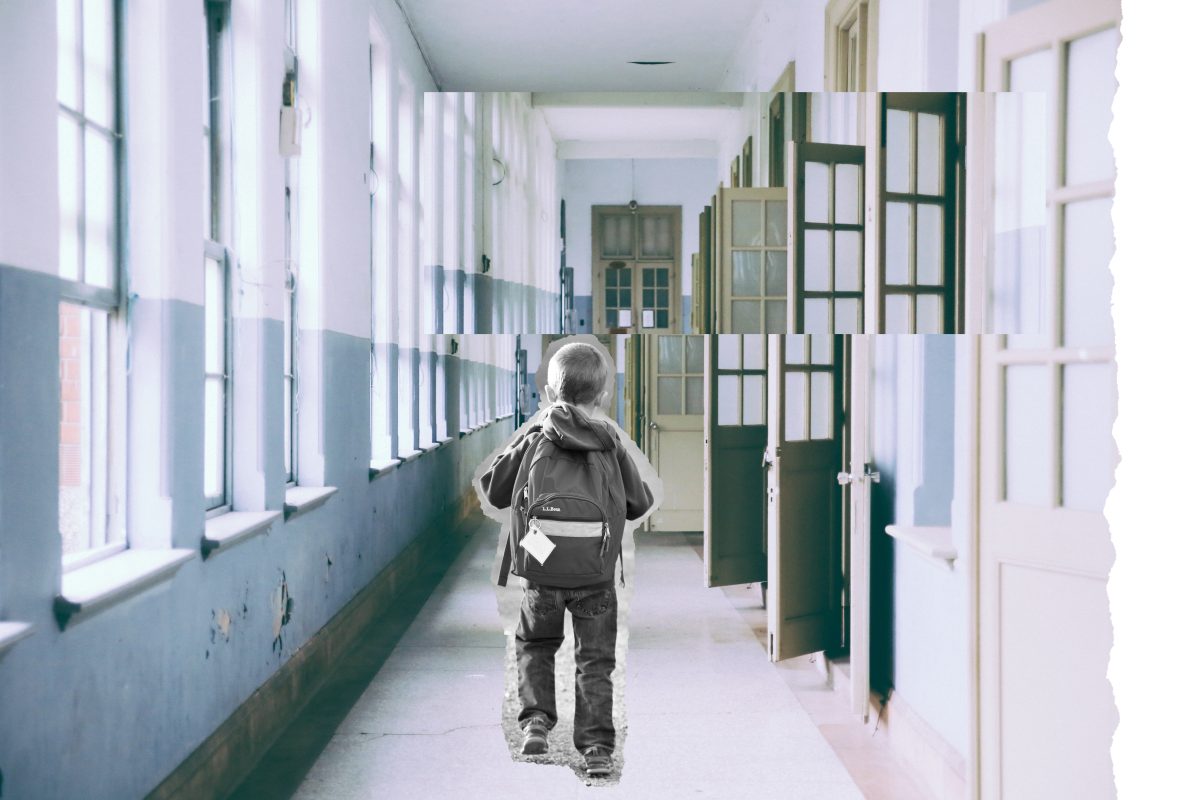
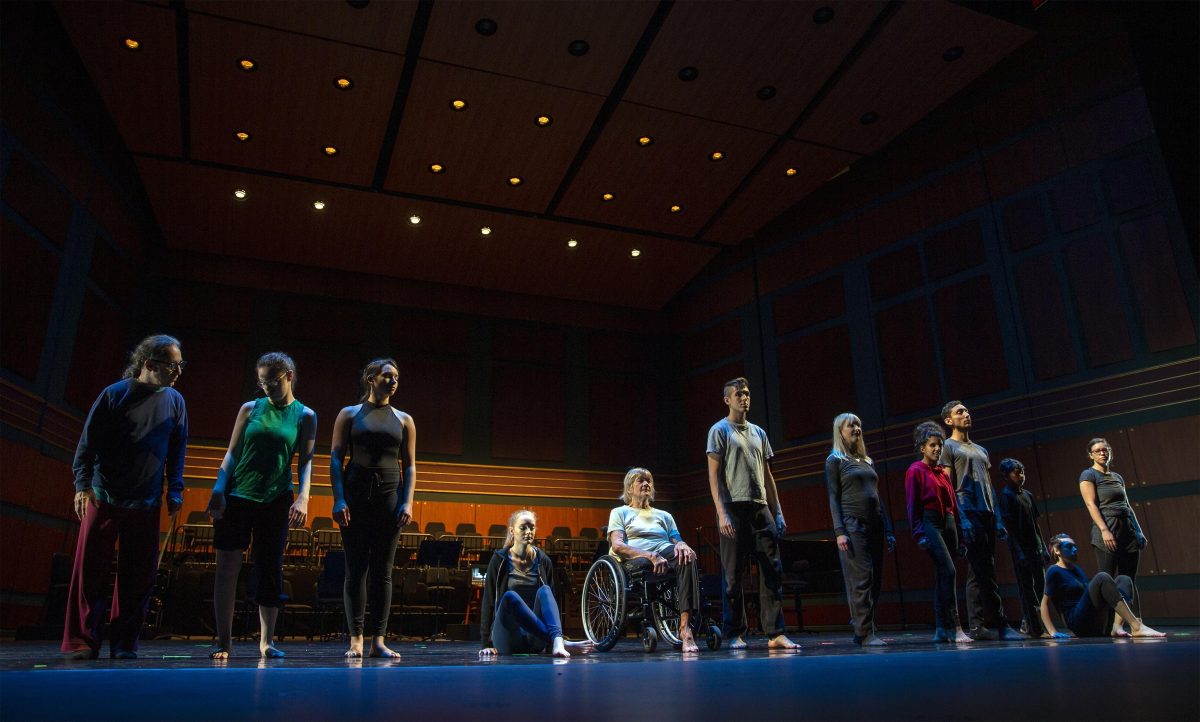


![[Photo Courtesy of the Lara Family]
Ruben embraces his beloved childhood goat, Katrina.](https://ethos.dailyemerald.com/wp-content/uploads/2025/05/katrina-1-1060x1200.jpg)


